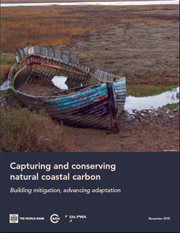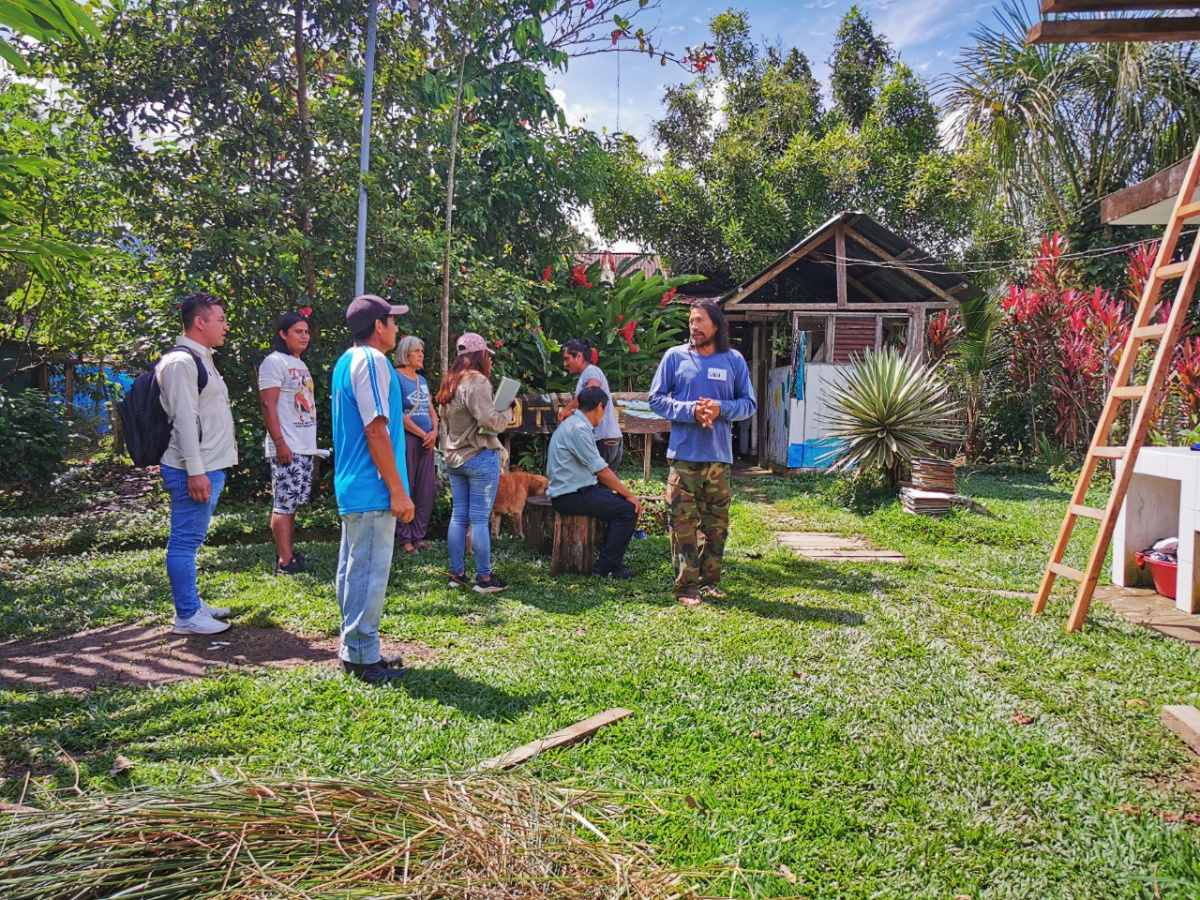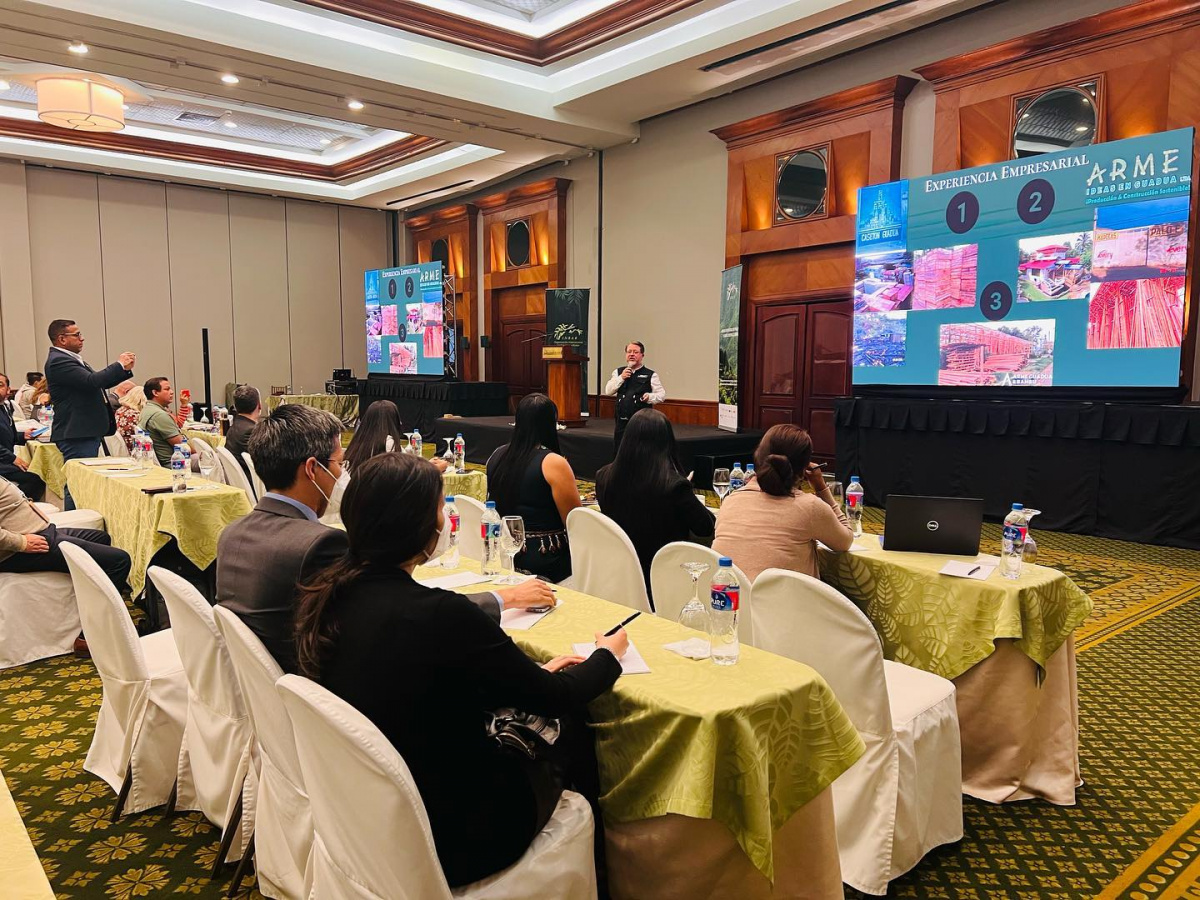Capturing and Conserving Natural Coastal Carbon: Building mitigation, advancing adaptation
Capturing and Conserving Natural Coastal Carbon: Building mitigation, advancing adaptation

Photo: IUCN-ESA-PWA-World Bank
Carbon stores in seagrass beds and coastal wetlands—including coastal peats, tidal freshwater wetlands, salt marshes and mangroves—are vast, unaccounted natural carbon sinks. The continued degradation of these coastal ecosystems through disturbance, drainage, reclamation and conversion to other land uses has resulted in substantial emissions of greenhouse gases (GHGs) and loss of natural carbon sequestration. Conserving and rebuilding these critical ecosystems not only mitigates GHG emissions, but delivers important co-benefits including ecosystem-based adaptation to climate change. A drive to protect and rebuild coastal wetlands and seagrass beds calls for closer integration of these fragile land-ocean interfaces into national climate change actions and their inclusion into the activities of the international climate change dialogue.



